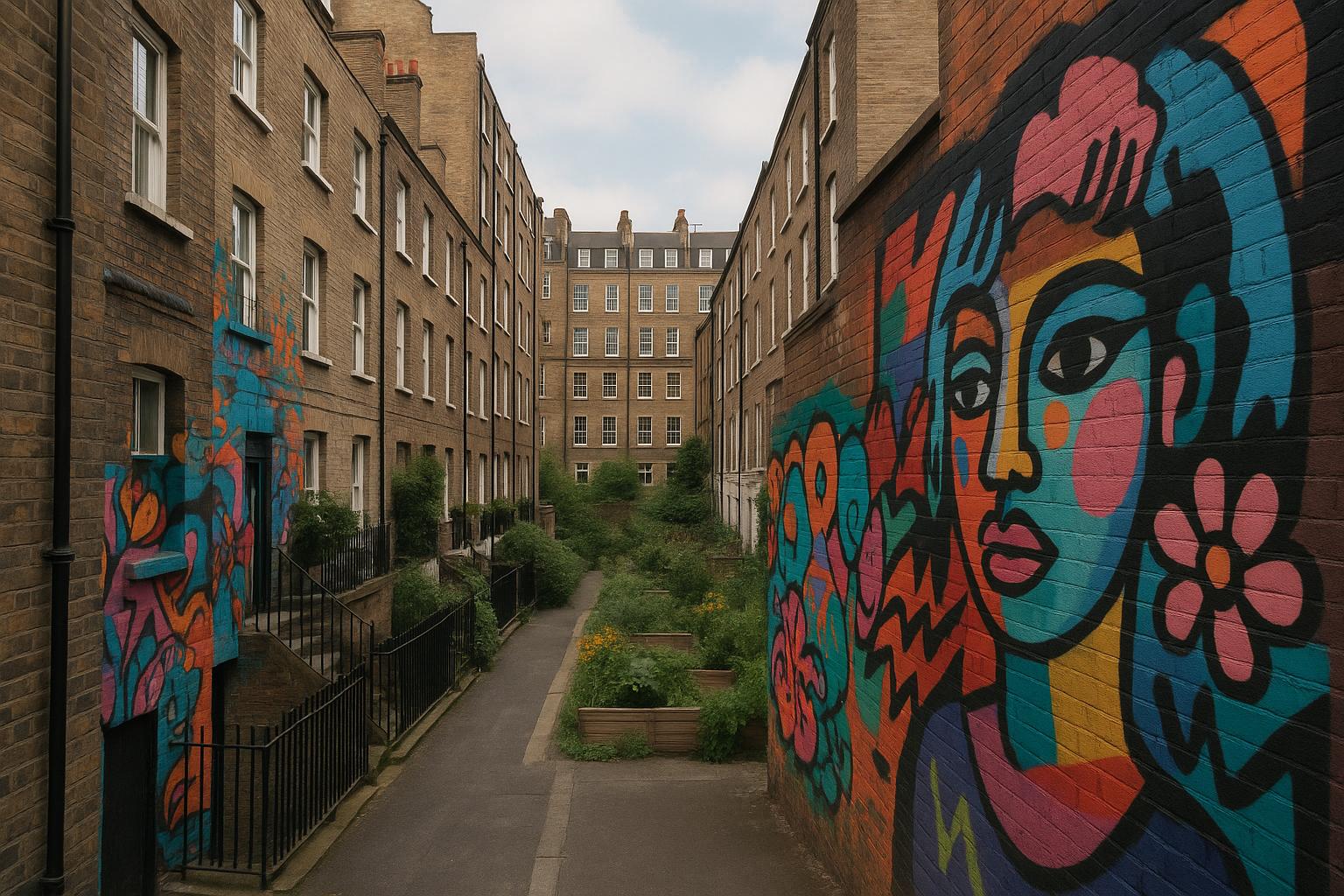London faces a pressing housing crisis, with calls growing for the capital to take a page from cities like Paris and Auckland by embracing mid-rise building strategies to increase housing density sustainably. Currently, the vast majority of London’s homes—88.3 percent—are in low-rise structures, such as houses and flats up to five storeys, which contrasts sharply with cities like Paris and New York, where mid-rise and higher-density forms are more common.
Paris’s approach, guided by the Le Plan local d'urbanisme (PLU), restricts new building heights to a maximum of 37 metres and limits where high-rise towers can be built. This urban policy has fostered tightly packed mid-rise blocks that promote vibrant, walkable neighbourhoods supported by an extensive tram network. According to Nicholas Boys Smith MBE, founder of the Create Streets think tank, Paris’s quality mid-rise housing demonstrates how transport can catalyse sustainable densification, with trams enabling new, dense suburbs with easy access to amenities and public transit.
Similarly, Auckland has recently pivoted towards densification near train stations through a policy that encourages construction of buildings up to 10-15 storeys, a degree higher than typical mid-rise but aligned with the principle of transit-oriented development. Russell Curtis, chair of the Barnet Quality Review Panel in London, emphasised that this shift in Auckland has had a profound impact on housing affordability. He noted that increasing housing density by just 25 percent within 800 metres of train stations in London could yield 850,000 new homes, highlighting the potential scale of such measures.
Closer to home, Croydon was cited as a microcosm of what can be achieved with mid-rise densification strategies. A local programme delivered around 2,000 homes predominantly in developments smaller than ten units, which helped stabilise house prices and rents. Curtis pointed out that providing developers with certainty, such as the automatic replacement of corner plots with denser housing, could bring about similar results across London.
Yet London’s current housing policy framework, as laid out in the 2017 London Plan, lacks a specific emphasis on mid-rise buildings. This gap is notable given London’s relative low density compared to other global metropolises. Maurice Lange, an analyst at the Centre for Cities, noted that London’s urban core and suburbs are notably less dense than the equivalents in cities like Paris and Tokyo, reinforcing the argument for targeted mid-rise development, especially around transport hubs.
The Mayor of London, Sir Sadiq Khan, has recognised the low-rise nature of much of London and indicated that his forthcoming London Plan aims to encourage mid-rise development as part of a broader strategy to optimise land use and deliver necessary housing sustainably. However, the capital’s historic tendency towards a mix of low-rise homes and the construction of increasingly tall tower blocks has sometimes led to concerns about the loss of architectural heritage and community cohesion.
The history of London’s high-rise housing, from post-war tower blocks to modern skyscrapers, reveals the challenges of balancing density with quality of life. Earlier high-rise projects often suffered from design and social issues, prompting a shift towards mid-rise buildings, which can offer a more human scale and community-friendly environment. The advantage of mid-rise developments is the balance they provide: allowing residents control over their immediate living environment while fostering dense, walkable neighbourhoods with local shops, pubs, and reliable public transport.
Advocates for increased mid-rise development also point to the sustainability benefits. Mid-rise buildings blend community spaces and greenery more seamlessly into urban environments, as seen in projects like Paris’s La Serre, enhancing quality of life while delivering density. Campaigners such as Shreya Nanda from London YIMBY argue that mid-rise housing should become a baseline expectation for new developments, especially to make London more affordable and retain young people and families in the city.
Lessons from Auckland's recent reforms underline how planning changes that enable medium-density housing can moderate rent increases and stimulate housing supply significantly. New Zealand's nationwide reforms seek to replicate Auckland’s success, offering potential blueprints for London and the UK’s broader housing strategies.
Ultimately, London’s path forward may lie in integrating these global examples. Mid-rise developments, supported by robust transport links and clear planning frameworks, could provide the city with a sustainable way to meet its ambitious target of 88,000 new homes a year, without sacrificing the capital’s unique character or residents’ quality of life.
📌 Reference Map:
- Paragraph 1 – [1] (MyLondon)
- Paragraph 2 – [1] (MyLondon), [3] (The Urban Developer)
- Paragraph 3 – [1] (MyLondon)
- Paragraph 4 – [1] (MyLondon), [2] (Centre for Cities)
- Paragraph 5 – [1] (MyLondon)
- Paragraph 6 – [1] (MyLondon), [2] (Centre for Cities)
- Paragraph 7 – [1] (MyLondon), [4] (Academy of Urbanism)
- Paragraph 8 – [1] (MyLondon), [3] (The Urban Developer), [5] (RICS)
- Paragraph 9 – [1] (MyLondon), [2] (Centre for Cities), [3] (The Urban Developer)
Source: Noah Wire Services
